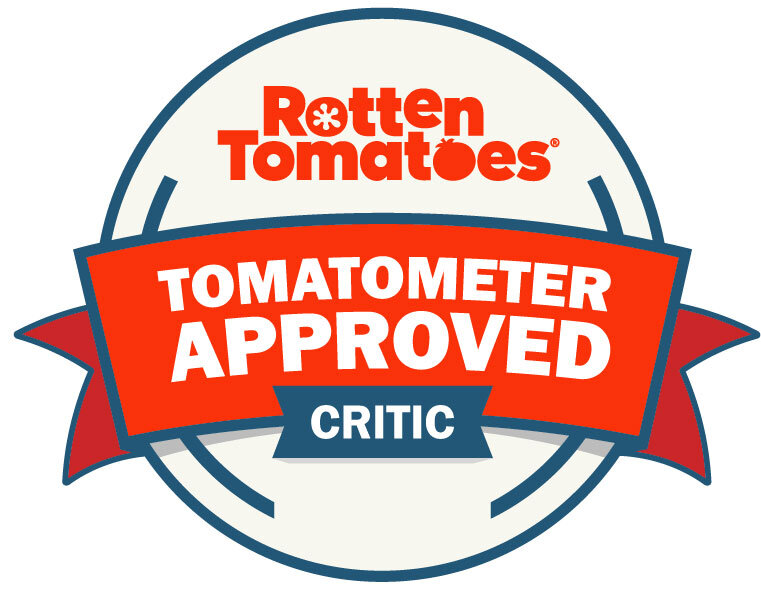Alton, Illinois native Ryan Eslinger made his first feature film, Madness and Genius, between his sophomore and junior years at New York University. The film went on to premiere at the 2003 Toronto Film Festival, and garnered attention for Eslinger as an emerging talent. His second feature, When a Man Falls in the Forest, boasted the sort of star power that independent sophomore efforts can rarely claim, with a cast that included Dylan Baker, Sharon Stone, and Timothy Hutton. Developed at the Sundance Institute's workshops, the film went on to be nominated for a Golden Bear at the 2007 Berlin Film Festival. Eslinger's latest film, Daniel and Abraham, is a micro-budget feature that utilizes just two actors and a snowbound forest. It was screened at the St. Louis Filmmaker's Showcase in July, and is headed to the St. Louis International Film Festival this November. As a follow-up to my piece on the film at Look/Listen, I spoke with Ryan about his approach to film-making, and what's going on beneath Daniel and Abraham's frosty surface.
GC: In some respects, Daniel and Abraham represents a fairly significant shift from your previous film, When a Man Falls in the Forest, particularly in terms of the scale of the production. Was that reactive in response to your experience making When a Man Falls in the Forest, or has the sort of micro-budget, total-control approach utilized in Daniel and Abraham been a long-gestating interest?
RE: I did not film Daniel and Abraham as a reaction to my experience making When a Man Falls in the Forest. Aside from the fact that I think a gritty micro-budget best serves the story of Daniel and Abraham, I was also trying to find new ways to challenge myself. Daniel and Abraham was definitely not a project on which I had total control. When you shoot out in the woods in the middle of winter, you don't have control over much of anything, including the weather and your ability to hold your hands steady. The one thing you do have control over is your inner drive to keep pushing forward and put one foot in front of the other. It is an almost meditative experience. I had hoped this would be the case, and I wanted to experience working in these conditions.
GC: The screenplay is what really captured my attention about Daniel and Abraham. It contains straightforward thriller elements, but also strong allegorical currents. The conflict between the titular characters almost comprises a dialog on abstract concepts like gratitude, duty, and humility. Can you talk a bit about the genesis for this story, and how you and your co-writers developed the film's distinctive tone?
RE: I originally wrote Daniel and Abraham as a completely different script that had eight or nine characters. However, the story was not working, so I threw out most of it and kept only two of the characters. I had a couple passages of dialogue that I gave to [co-writers and actors] Gary [Lamadore] and David [Williams], and we all sat down together and they read through the material. They began to improvise scenes, and I recorded and transcribed portions of those scenes. I used their improvisations to write twenty pages, then I brought this back to them, and they rewrote the new material to fit their own voices and improvise more. This process was repeated until we had a completed script.
GC: The winter setting is one of the keys to the aura of menace that pervades the film. The link between the savagery of nature and savagery of man is one of the hoariest tropes in fiction, but Daniel and Abraham establishes it very unobtrusively, and the effect is quite potent. Was the winter environment always a part of the story as you originally envisioned it?
RE: It was fairly early on that I decided I wanted to shoot in the winter. No matter how many layers of clothing we wore in the woods, the cold always found its way in. You would get so cold that your bones hurt. In a similar sense, Abraham finds his way into the deepest levels of Daniel's subconscious, so much so that, as the film moves along, you begin to question whether Abraham is real or a projection of Daniel's mind. I think I prefer that symbolism to a savagery of nature/man symbolism.
GC: Gary Lamadore is astonishing in the film, but in many ways David Williams has the more difficult task as an actor. The film follows Daniel's perspective, and we're inclined to be sympathetic to him. Yet the film is in a sense about his rapid moral slide into selfishness and aggression, or perhaps just about the sort of situation that reveals his true character. Was developing the character of Daniel a difficult task for you and David?
RE: Personally, I think both Gary and David have equally difficult parts. David slips into selfishness and aggression, as you said, but Gary's character also transforms. At the beginning, he seems threatening and conniving, but as the story moves along, we begin to think that maybe he really does know what he is talking about. After all, if Daniel had listened to him at key points instead of cutting him off, Abraham might have helped him properly clean his wound, et cetera. That is the ambiguity we tried to instill in both characters. Whenever David and Gary would be reading a scene and something would seem too one-dimensionally good or bad, we would try to add layers and additional motivations to their actions.
GC: In a sense, both When a Man Falls in the Forest and Daniel and Abraham are films about failure and stasis. Where the former is steeped in the ennui of middle age, the latter brackets this in a way, touching on both the aimlessness of the young and the regrets of older individuals. Do you see introspective characters as essential to the kind of stories you want to tell?
RE: I wouldn't say it is essential to the stories I want to tell. I'm always willing to throw out everything and tackle a different style and subject altogether.
GC: Given those environmental challenges you faced during the production of Daniel and Abraham, does the notion of "art from adversity" have any resonance for you? That is, do challenges (anticipated and otherwise) help a work becomes something better than it would have been otherwise? Would that apply to Daniel and Abraham specifically, or to film-making in general, or is that too sweeping a statement?
RE: I definitely think that challenges can stimulate creativity, but I also think it depends on the person. I thrive on pressure. I played basketball for many years, and, in one game, I experienced a somewhat clichéd moment when my team was down by one point, there were only a few seconds left on the clock, and I had to make two free throws in order for us to win. Intense pressure like that makes you realize that you are in control of your life. You control the outcome of the game, whether it's the last few seconds or first few seconds on the clock. Some people probably don't like being reminded that they are in control of their life, but I do.
GC: Taking a another step back, it sounds like your greatly value filmmaking as a personal challenge for yourself. Is that a fair assessment? For you, does a film's value as a personal accomplishment have more, less, or equal weight than its function for the audience: conveying a message, providing entertainment, evoking a mood?
RE: I do value the personal challenge, because what is the point of doing something you know you can do? Records would never be broken, technology would never be invented, et cetera. Regarding an audience's reaction: my favorite films tend to be those that can be interpreted a hundred different ways by a hundred different people. Their meaning can change over time, too. The films almost feel like living organisms. I strive to create these types of films, so in that respect, their function for the audience is extremely important. It is equally important as the personal challenge factor.









